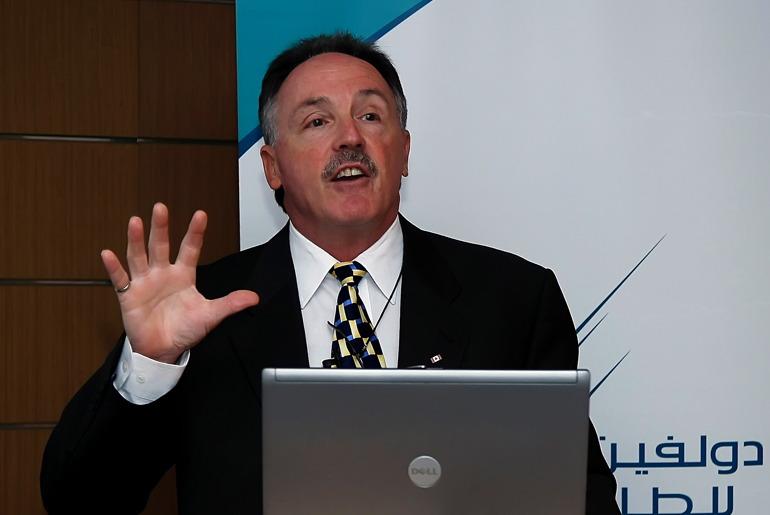
The Mary Kay O’Connor Process Safety Center (MKOPSC) has appointed Dr. Stewart Behie to serve as interim director. Behie has over 40 years of technical experience in risk assessment and management, process hazards analysis, safety engineering and the process of safety culture maturation. He has worked closely with the MKOPSC as an industry consortium member and also on the industry steering committee, and he has served on the risk communication subcommittee representing the Occidental Oil and Gas Corporation as well.
“We are very pleased to have Dr. Behie join us,” said Dr. James Holste, chemical engineering professor emeritus and former MKOPSC interim director. “He is a well-known and respected practitioner and teacher of process safety. His industry experience and process safety expertise will open new avenues and opportunities for the MKOPSC to make safety second nature.”
The MKOPSC was established in 1995 in memory of Mary Kay O’Connor, an operations superintendent killed in an explosion on Oct. 23, 1989, at the Phillips Petroleum Complex in Pasadena, Texas. In 1997, Dr. Sam Mannan, because of his reputation as a world-renowned expert in process safety, was appointed director of the center and served until his passing on Sept. 11, 2018.
“I look forward to my new leadership role within the MKOPSC and to be able to continue the legacy of Dr. Mannan, a guru of process safety worldwide,” said Behie. “Learning to look through the eyes of risk is paramount to good process safety practices. When working with operators or engineers, I want them to see their roles and practices through a risk paradigm. I’m excited to incorporate this vision in my work at the Texas A&M Engineering Experiment Station.”
The MKOPSC mission is to promote safety as second nature in industry around the world with goals to prevent future incidents. In addition, the center develops safer processes, equipment, procedures and management strategies to minimize losses within the processing industry. Other functions of the center include serving all stakeholders, providing a common forum, and developing programs and activities that will forever change the paradigm of process safety.
